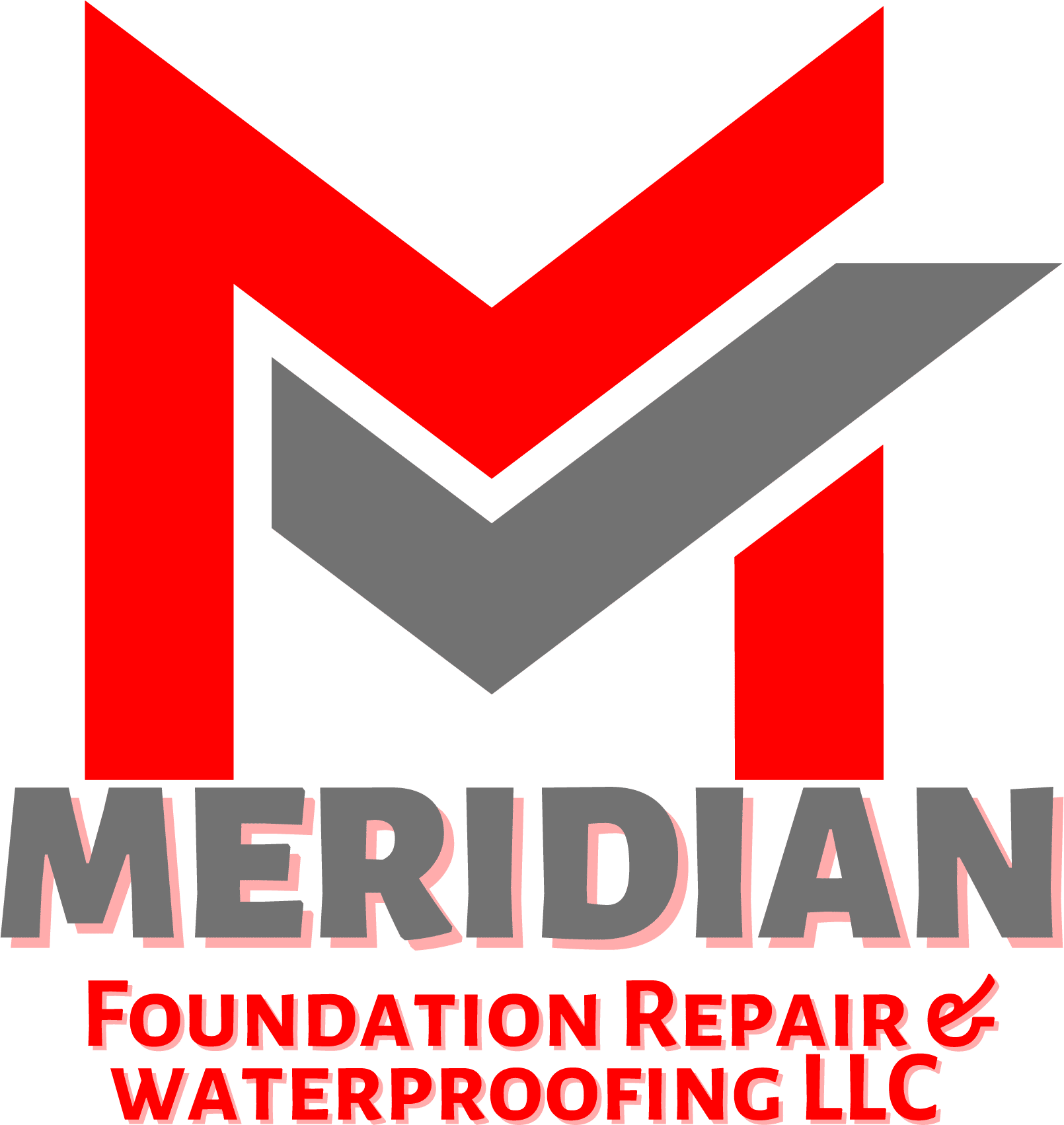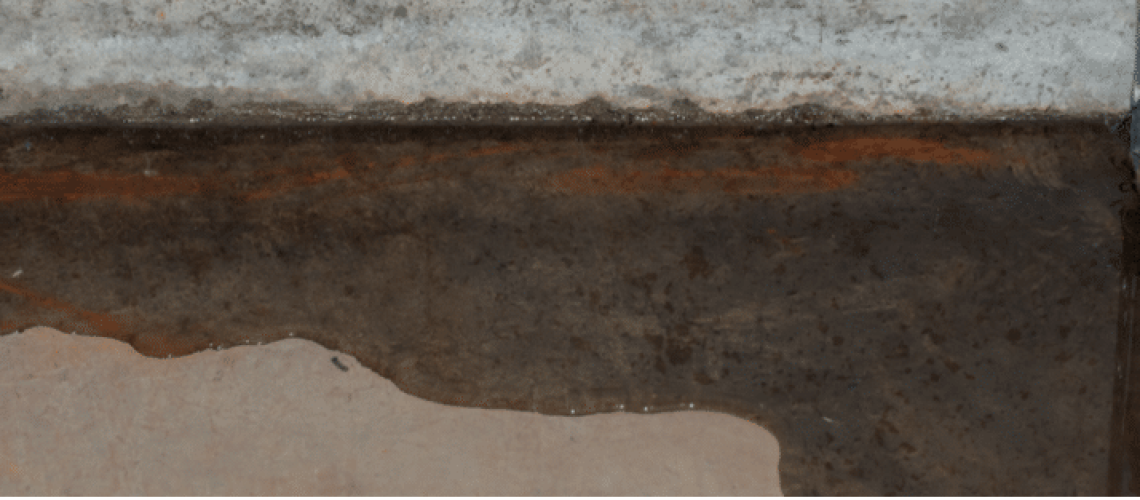November 13th, 2020
Both mold and mildew are a fungus no one wants to find in their home. They cause significant property damage and can put your family’s health at risk. The two are also so similar that they are often mistaken for the other. However, either requires a different approach to remediation. Understanding the difference between mold and mildew can help you take the necessary steps to protect your family and home from dangerous fungal growth. Here are four distinctions between mold and mildew you should pay close attention to:
Mold And Mildew Have A Different Appearance
Oftentimes, you can differentiate mold from mildew and vice versa simply by looking at it. Mold and mildew are distinct visually. Mold comes in a range of colors, including black, brown, green, orange, purple, and pink. It is fuzzy in appearance, and the surface it is on often starts to degrade. Mildew, on the other hand, is often white, grey, yellow, or brown. It has a powdery appearance.
Mold And Mildew Grow Differently
Both mold and mildew like to grow in damp, warm spaces. However, each has a specific preference regarding where they will grow.
Mildew often grows on absorbent damp surfaces such as paper and fabric. You can also find it on the ceilings and floors of spaces that have a lot of moisture like bathrooms, kitchens, and basements. Mold usually thrives in the same places as mildew but leans toward surfaces with cellulose and starch such as paint, wallpaper, and drywall. It can be found on fabric and paper as well.
They Lead To Different Health Issues
Mildew mostly causes respiratory problems if you have prolonged exposure to it. You can end up breathing in mildew spores too, and those can take root in your lungs and grow. Mildew may also exacerbate pre-existing respiratory issues like asthma and chronic obstructive pulmonary disease (COPD).
Mold triggers respiratory issues as well, but it can also cause any of the following:
Allergic reactions like nose and throat irritation
Fungal infections in the body
Toxic mold syndrome
Psychological problems like depression, anxiety, and irritability
Both fungal infestations are dangerous to your health.
Degradation Of Surfaces
Mildew and mold result in varying levels of degradation. Mildew often simply lives on a surface and more commonly causes staining. Meanwhile, mold is corrosive and will eat into the surfaces, causing permanent damage. If mold grows unchecked for a long period, it can attack your home’s foundation, resulting in structural damage. Both these infestations are often larger than they appear when seen with the naked eye, so you should always remediate them the moment you spot them.
Whether you are struggling with mold or mildew in your home, Meridian Foundation Repair and Waterproofing can help. We will not just remediate the fungal infestation but also investigate its root cause. Afterward, we will put together a comprehensive preventative strategy to help you keep the infestation away. Give us a call today to get started, and we will identify which fungus is growing in your home and determine how to stop it.


